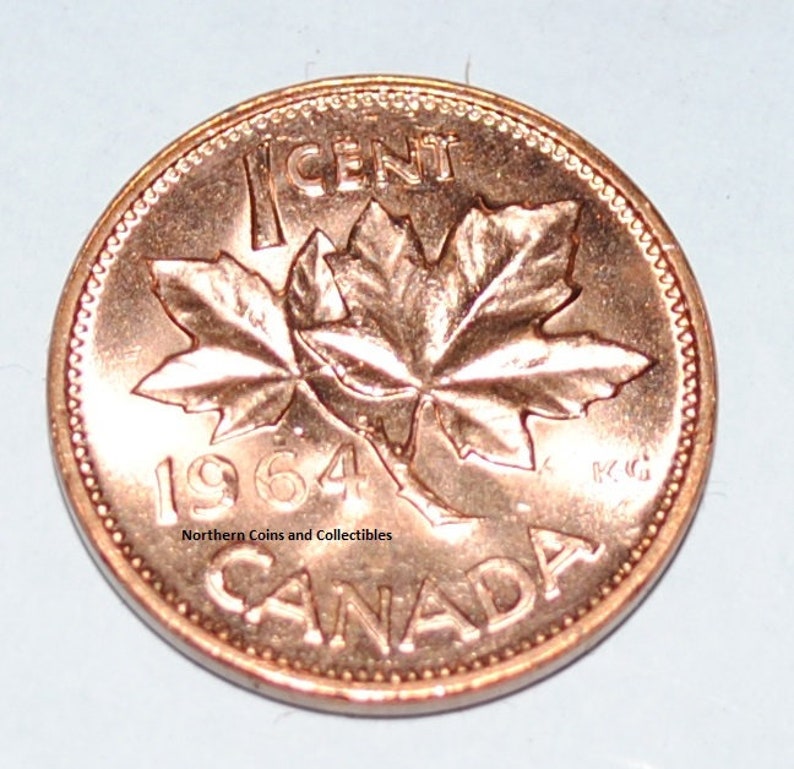

With the creation of the Dominion of Canada in 1867, Ottawa issued a new series of coins that were legal tender in the four provinces that signed the 1867 Confederation pact. In 1858, with London's approval, Province of Canada issued coins minted in England in denominations of 1, 5, 10 and 20 cents. The British colonies, led by the Province of Canada, needed to replace the sterling system with the decimal system used in the United States. The most notable are the 1954 No Shoulder Fold 1 Cent, 1954 Shoulder Fold 1 Cent, 1955 Arnprior, 1973 Large Bust 25 Cent, the 1999 Nunavut $2 Mule, 2007 Olympics logo mule, and the 2017 Classic set- Stanley Cup 25c error.You are: Home » Canadian coins » Price guide and values Canadian coins price guide and values Like any coin variety, sets come with coins that have striking errors or, in this case, packaging errors that make them more desirable to collectors. However, most special sets are identifiable by their unique labels. Collector set guides for rent or purchase can be obtained to help the collector identify differences. The Mint frequently releases commemorative coins for circulation, which means different coins appear in sets. A fifty-cent specimen almost always appears in Mint Sets. Even though the fifty-cent piece is no longer in regular circulation, the Mint still produces it in coin rolls for collectors to purchase. Older sets do not include the Toonie, and newer sets do not include the penny. Mint Set coins are sealed for protective purposes before the collector receives them, and the packaging changes frequently. Mint Sets typically contain six or seven Canadian circulation coins. Since a set is released every year, there are many for collectors to peruse! The Mint also changes its packaging frequently, which can significantly change the value of certain sets. One-dollar coins have always appeared in Mint Sets, but “Loonies” did not appear until 1988.ĭuring years when the RCM released unique coins for circulation, Mint sets included these specimens. Toonies did not appear in Mint sets until after 1996 as they did not exist before this period. The Royal Canadian Mint states that each proof coin is hand-fed twice through a slow-striking press, hand-polished, and a die is never used for more than 3000 copies to maintain detail perfection.īefore 2012, Mint Sets included one-cent coins (pennies). Quality control for proof coins increased. As numismatic interest in colorful and beautiful Canadian coins grew, so did the Royal Canadian Mint's desire to create options. Before this, Mint sets tended to have a proof-like quality. In 1981, the Mint branched out further and began releasing sets in different qualities ( proof, specimen,and uncirculated). By 1962, the Mint produced hundreds of thousands of sets, all and sealed in pliofilm or polyester film. Slowly, the Mint increased the number of purchasable sets as demand increased. The Mint used this as a "test" to see if interest would grow. In 1954 the Royal Canadian Mint released seven thousand copies of its first uncirculated coin set for general public purchase. Furthermore, the coins did not possess a finer finish when compared to circulated coins as the Mint used the same dies and press.
#1964 canadian penny plus
Before the launch, collectors could order uncirculated sets directly from the Mint at face value plus postage. In 1949 the Royal Canadian Mint launched its numismatics department. Brilliant type coins are often struck twice on a numismatic press and receive a higher level of care during the finishing process. These coins appear to collectors as they would to a bank just receiving a fresh shipment. Often, standard uncirculated coins come as they do off the press, like any coin that goes into circulation, but their finish is untarnished by human hands.

The Royal Canadian Mint produces two types of uncirculated sets: standard and brilliant. The difference in these is the amount of care taken to finish each coin.


 0 kommentar(er)
0 kommentar(er)
